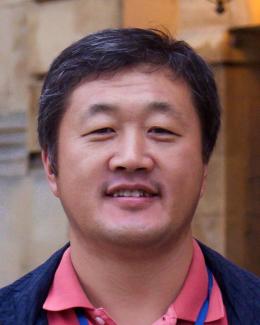Abstract
An RF-driven, Cs-enhanced H- ion source feeds the SNS accelerator with a high current (typically >50 mA), ~1.0 ms pulsed beam at 60 Hz. To achieve the persistent high current beam for several weeks long service cycles, each newly installed ion source undergoes a rigorous conditioning and cesiation processes. Plasma conditioning outgases the system and sputter-cleans the ion conversion surfaces. A cesiation process immediately following the plasma conditioning releases Cs to provide coverage on the ion conversion surfaces. The effectiveness of the ion source conditioning and cesiation is monitored with plasma emission spectroscopy using a high-sensitivity optical spectrometer. Plasma emission spectroscopy is also used to provide a mean for diagnosing and confirming a failure of the insulating coating of the ion source RF antenna which is immersed in the plasma. Emissions of composition elements of the antenna coating material, Na emission being the most significant, drastically elevate to signal a failure when it happens. Plasma spectra of the developmental ion source with an AlN chamber and an external RF antenna are also briefly discussed.




